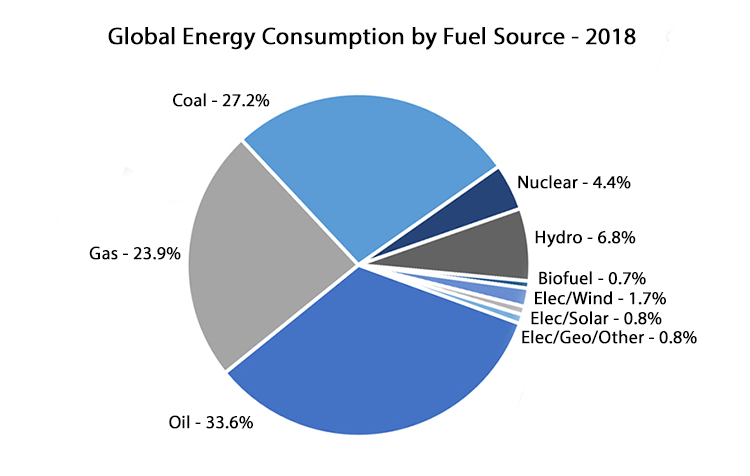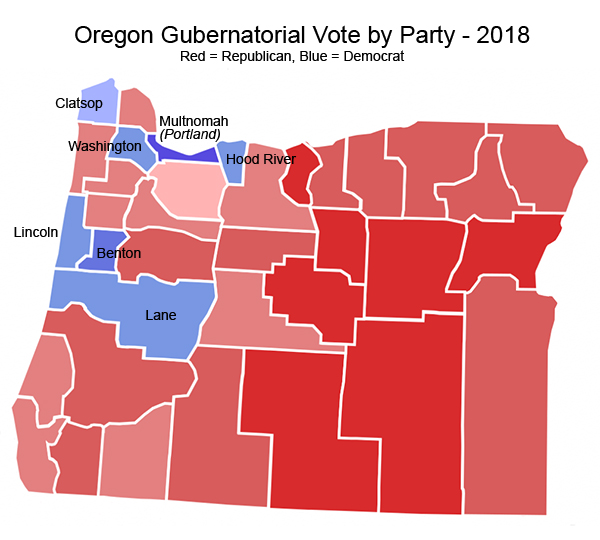Rescuing the GOP’s “Climate Policy” from the Theater of the Absurd
For the fanatics on the far Left, and perhaps even for those deranged millions in the middle of the Democratic pack, there is nothing a Republican can say about “climate” that will impress them. Along with racism, xenophobia, and all the other assorted isms and phobias that allegedly afflict Republicans, acting like they care about the health of the planet has no credibility.
The Republicans, led by Kevin McCarthy (R-Calif), are trying anyway. As reported in The Hill and elsewhere, but without much fanfare, the GOP has released their own “climate plan” that is “meant to show voters the party cares about climate change.”
Predictable criticism came from the Left. As Vox reported “New conservative climate plans are neither conservative nor climate plans; they are mainly designed to protect fossil fuels.” But it also drew withering criticism from the Right. As reported in The Hill, “the conservative Club for Growth has pegged it as ‘stifling liberal environmental taxes, regulations, and subsidies’ while threatening to withhold support from any lawmaker who backs it.”
More in-depth analysis of what the Republicans are up to came from articles in Axios and Politico, and emphasized the party is trying to come up with a way to be recognized as concerned about the environment without going off the deep end. Of the four bills discussed, three were focused on carbon capture technology and infrastructure, mostly funded via tax credits, and one was designed to back up President Trump’s stated goal of supporting the “Trillion Trees” initiative.
The message the Republicans discussed trying to emphasize was to support a “clean environment” instead of focusing so much on “climate change.” It’s about time.
Returning to the Core Values of Environmentalism
There’s a lot to be praised about the GOP seizing some of the initiative with respect to environmental issues, but there is also a lot that can go wrong. For nearly twenty years, and with increasing intensity, the entire focus of the environmental movement has been on “climate change.” For anyone with a shred of scientific skepticism, or journalistic skepticism, or a love of freedom, or a basic sense of proportion, or common sense, or just a good bullshit detector, this has cost the environmentalist movement priceless credibility.
Does anyone who hasn’t already drank the Cool-Aid take seriously a movement that has to prop up a pampered teenage truant as oracle to the world’s elites, or organizes “die off” performative protests on the streets of European capitals, or, with straight faces, claims the world is going to come to an end in 12 years? Does anyone with a sense of history miss the connection between the “climate emergency,” complete with “dangerous,” “denier” scapegoats, propelled by literally billions of dollars being spent on corporate and government propaganda efforts, and not be reminded of how other nations and cultures have been down this authoritarian road before?
Environmentalism’s core values are sacred, and they have been profaned by corporations and governments channeling that calling into a climate crusade, with traditional environmentalists turned into willing accomplices. The professions of journalism and science have been corrupted, as has the nonprofit sector, and collectivists and capitalists alike are drinking at the trough. Meanwhile, the trajectory of progress on actual environmental challenges, from overpopulation to overfishing the oceans to wildlife poaching and wilderness preservation, have all been diminished.
This is why the trillion trees initiative is meaningful. It returns to the root benefits of environmentalism, and does so in a way that also gives a nod to the climate change zealots. The benefits of afforestation are undeniable, regardless of whether or not anyone believes in the dangers of anthropogenic CO2. Afforestation has been proven to restore water tables, reviving springs and rivers. It has been proven to bring back regular rainfall to regions that were becoming arid. Forests harbor wildlife and timber provides a cash crop. If it happens to sequester CO2, so much the better.
Find Projects and Policies That Are Good Anyway
This principle, to do environmentally sound projects that make sense anyway, regardless of the “carbon accounting,” is a pathway to credibility for the GOP, and even might point the way towards more of a national consensus on environmental policy. This is why it is such a good idea for the GOP to propose new research into developing biodegradable, nontoxic new types of plastic, and to research how to clean up the millions of tons of plastic that even now continues to pour out of Asian and African rivers into the world’s oceans.
Conversely, the GOP proposal to fund pilot plants designed to sequester CO2 gas in underground caverns is only slightly less ridiculous than California’s near miss regulation whereby they were going to require dairy cows to wear plastic bags attached to their anuses in order to capture the methane. California’s preposterous scheme, hatched by fanatics and glommed onto by “researchers” looking for a quick buck, at least had the virtue of only wasting millions of taxpayer dollars. Carbon sequestration schemes are on track to waste billions, to do, what? Pressurize every cave in America and remove how much many PPM of CO2 from the earth’s atmosphere? At what cost per PPM?
This is theater of the absurd. Maybe, maybe, sponsor research aimed at discovering how to convert CO2 directly into a fuel that maintains a solid or liquid form at room temperature. After all, trees do it. Otherwise, save the caves, and keep the bags off the dairy cows. It is, like so much “climate policy,” cronyism pretending to be part of a sacred mission. Some cronyism is inevitable. But at least get something out of cronyism that benefits society.
The GOP needs to aggressively promote climate change related proposals that make sense even if anthropogenic CO2 induced climate change really is the biggest hoax in human history. Because at the end of it all, we can then simply view “climate policy” as a means of capital formation to build things we needed anyway: seawalls, levees, reservoirs, desalination plants, nuclear power and other forms of clean energy; reforestation, sustainable fisheries, biodegradable plastic.
We can view these “good to do anyway” proposals as a way to fund scrubbers that will take the last bits of particulate matter out of the fossil fuel based energy economy, recognizing that even if CO2 isn’t harmful to humans, it is unhealthy to breathe carbon monoxide, lead, ozone, nitrogen dioxide and sulphur dioxide, especially in cities across Asia and Africa that have barely begun to get that under control and are looking for solutions.
This is the clean technology revolution that makes sense. The GOP needs to boldly proclaim support for ways to help humanity complete the journey to a pollution free civilization, at the same time as they refuse to dismantle the capitalist system that gave us the wealth to pursue clean innovations; at the same time as they demand cost/benefit analysis on all “climate change” schemes; at the same time as they patiently remind anyone who will listen that fossil fuel use cannot possibly be precipitously eliminated; at the same time as they demand an end to the silencing and demonizing of rational contrarians who – imagine this – do not believe the world is about to come to an end.
This article originally appeared on the website American Greatness.
* * *

Edward Ring is a contributing editor and senior fellow with the California Policy Center, which he co-founded in 2013 and served as its first president. He is also a senior fellow with the Center for American Greatness, and a regular contributor to the California Globe. His work has appeared in the Los Angeles Times, the Wall Street Journal, the Economist, Forbes, and other media outlets.
To help support more content and policy analysis like this, please click here.




